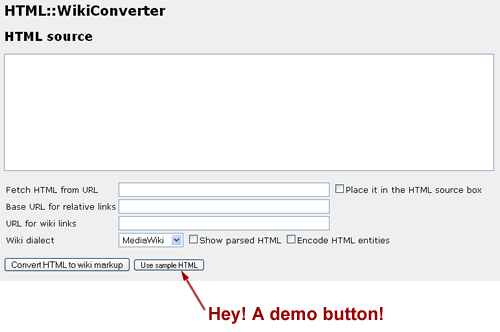If you’re doing some development work and need interim (or even final) icons for your user interfaces and are short on cash to hire a designer or even buy icon sets, these free — but decent — icon resources may be just what you need!
User Interface Icons
User Interface Icons is a new site created by Abdylas Tynyshov as a personal project. “The objective of this project,” he writes, “is to provide high quality, free icons to software and web application developers at zero cost!” The first set he’s posted is a collection of common application icons with a yellow-and-blue color scheme in 80-by-80, 48-by-48, 32-by-32 and 24-by-24 pixel sizes.
FamFamFam’s “Silk” Icon Set
FamFamFam has Silk, a set of 1000 16-by-16 icons that covers all sorts of application needs. I’ve found these to be quite useful on a number of projects.
Pinvoke’s “Diagona” Icon Set
Pinvoke’s Diagona icon set is similar to Famfamfam’s “Silk”, but has icons in both 10-by-10 as well as 16-by-16 sizes.
Drunkey Love Icons
Drunkey Love has a set of over 100 icons 16-by-16 icons in the “Silk” and “Diagona” vein.
BrandSpankingNew’s Teeny Grayscale Icons
If you’re developing a grayscale app — maybe something for older mobile phones, or perhaps you’re going for a “retro” look for your app — BrandSpankingNew’s set of 113 10-by-10 icons might fit the bill.
Stylegala’s “Bullet Madness”
This may be of more use for website design than application development, but when you need a graphic bullets, Stylegala’s got a good collection made by various artists called Bullet Madness.
“Sweetie” Icon Set
Sweetie is a set of “cute and clear” general application icons created by Joe North.
ASP.NET Icons
If you’re looking for icons with a Windows XP look, ASP.NET Icons has over 300 that should do the trick.










